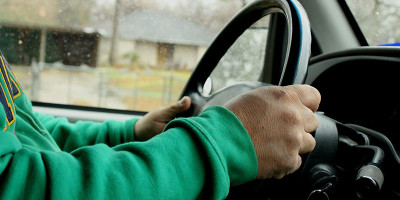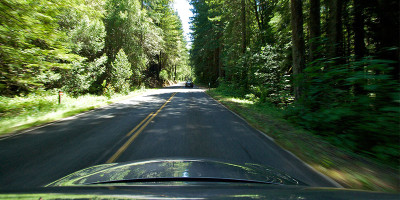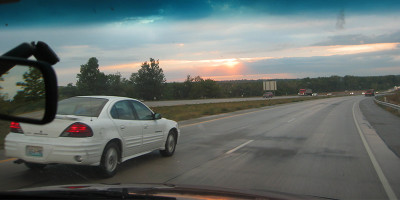Tips to Drive a Motorhome Safely
If you have never driven a motorhome before, you may find it to be quite a disorienting and daunting prospect. Driving a motorhome safely is a bit more challenging than driving a smaller vehicle safely. But it is not too hard to learn, and you should adjust relatively quickly.
Following are some tips which can help you get started on the right track for a pleasant and safe motorhome vacation.
1. Be prepared for long, wide turns
The most obvious difference between driving a motorhome and driving a smaller vehicle is that the large size of your vehicle means that you will need to be making long, wide, slow turns.
If you need to make a tight turn, the trick is to do two things:
1. Put more width between yourself and the obstacle you need to pivot around.
2. Start your turn earlier rather than later.
That second step may seem counterintuitive, and may make you feel uneasy. But if you watch videos, you can see these principles demonstrated.
If you are ever in any doubt about your ability to make a particular turn, do not do it. If you absolutely must, get someone outside the vehicle to help you.
2. Do not follow other drivers too closely
Because it takes longer to stop a motorhome, you need to make sure that you are putting more distance between yourself and the drivers in front of you. Following closely puts them and you at risk.
3. Be prepared for longer brake times
Even if you have an open road in front of you, you need to keep your longer brake times in mind constantly.
Say for example you are driving down a hill starting at the top. If you start at the same speed you would normally in a car, you will probably be surprised by how fast you are going by the bottom. Start out slower so that your brakes have less to do. Use the appropriate gear as well.
4. Make sure you are centered in your lane
Because a motorhome is also wider than a regular vehicle, it can be difficult at first to gauge your position in your lane. One thing which can help is to stick with driving in the lane closest to the shoulder. That way if you veer too far to the right, at least you will not veer into traffic.
Plus, this is the lane you are expected to drive in if you are going more slowly, which you probably will (and should) be. If there are cars piled up behind you, do use the turnouts. This is courteous to other drivers. It is also safer, since you will then not have angry people trying to pass you. This will reduce tailgating as well.
5. Do not pull into spaces without someone outside to help
If you are trying to park your motorhome, whether in a parking lot or an RV park, you should not attempt to do so entirely on your own.
You need to have somebody outside to help you gauge the distance between the motorhome and other vehicles, as well as how aligned you are with the space.
Even experienced motorhome drivers do this, so as a beginner, there is no excuse not to. If you are traveling by yourself, ask a staff member at the RV park to assist you. Most park staff will not hesitate to help you out.
6. Never make assumptions about clearance
It’s very easy to forget that you are driving a vehicle which is quite a bit taller than you are used to. Always check clearance for tunnels, bridges, petrol stations, and so forth before you proceed in your rented motorhome. This is also something to keep in mind when you are planning your routes.
7. Be aware of the “tail swing”
The construction of motorhomes means that sometimes the front and back of the RV are actually comprised of separate pieces which turn at slightly different rates. This results in a “tail swing” which may be as high as 30 inches.
Be aware of how tail swing can affect the way that your vehicle turns. Compensate for it so that you can make your turns safely.
8. Watch out for wind
When driving a motorhome, your vehicle’s centre of mass is higher off the ground than it would be in a regular car. That means that wind can have more of an impact on your vehicle, causing greater instability.
Winds which a car would be able to handle with little difficulty can be quite problematic for a motorhome driver. So do not make assumptions about what you will be able to deal with. If the wind is giving you trouble, just pull over until it passes.
8. Use Caution and Common Sense When Driving Your Hired Motorhome
You now have some important tips to help you out while you are learning to drive the motorhome you hire for your next vacation. Take it slow, and do not be afraid to pull over when you need to. You should get the hang of it pretty quickly, and will be able to enjoy a safe and smooth motorhome experience.

 English
English



